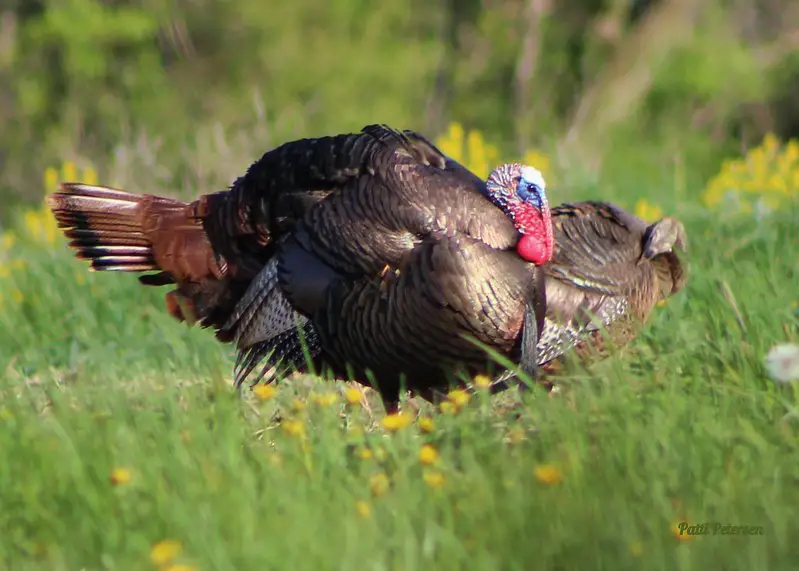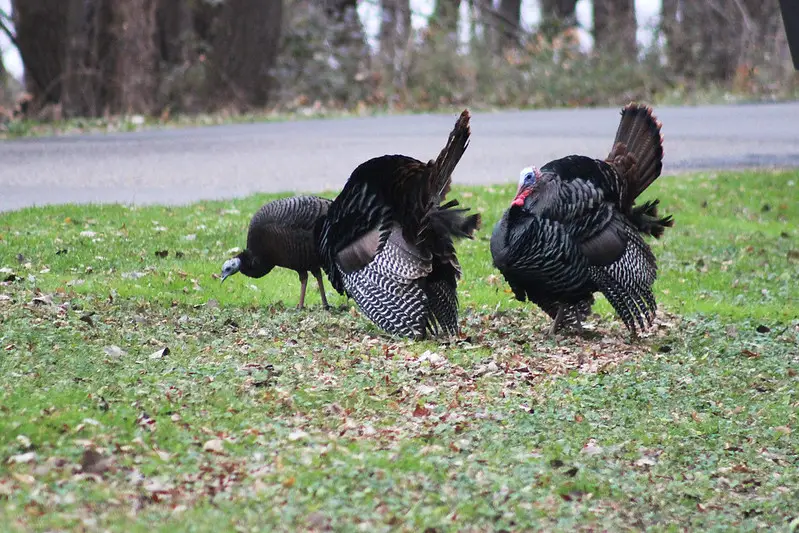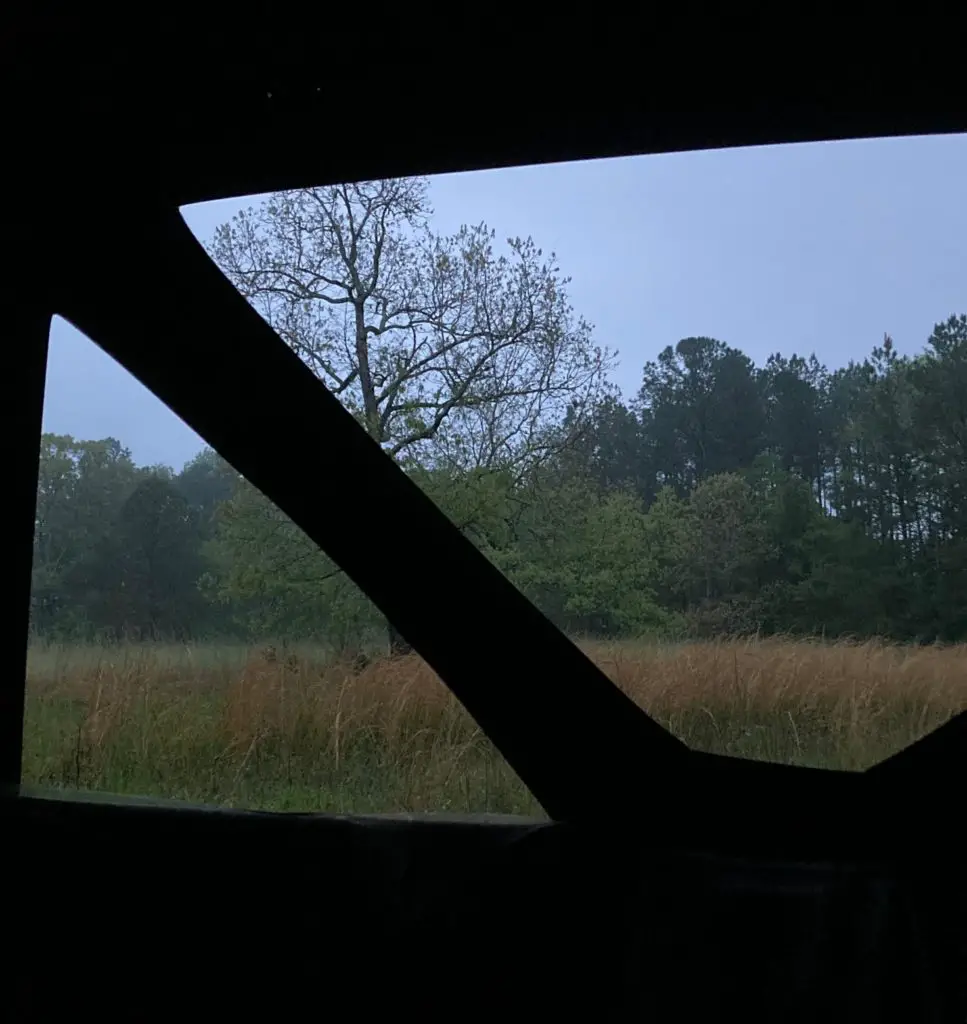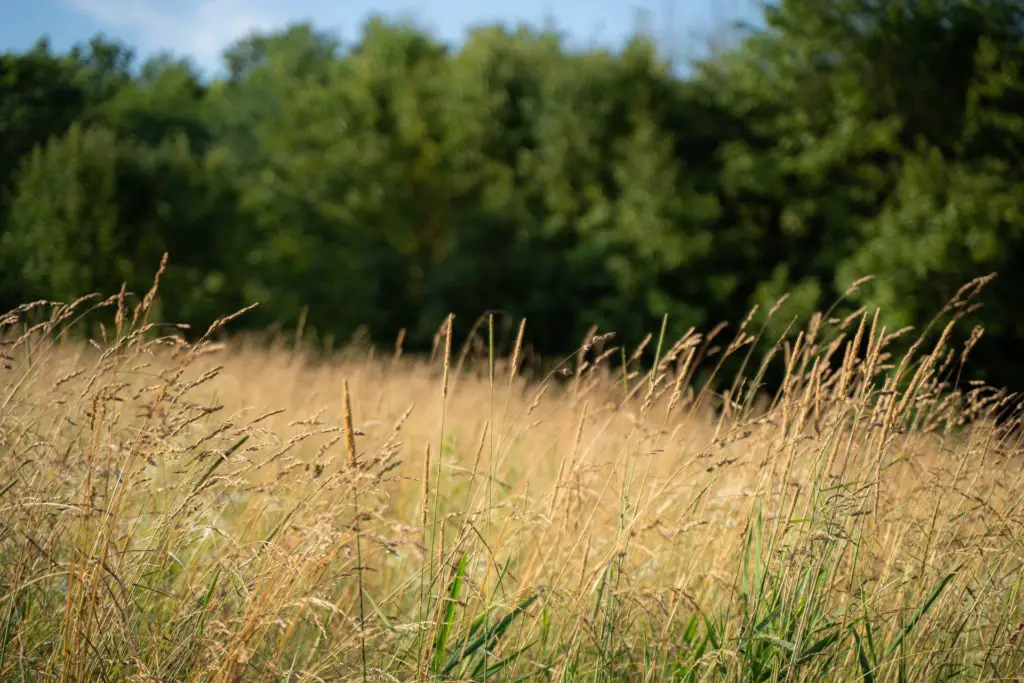
“Sex sells” as they say. I would agree with that. How many 100 dollar calls and 200 dollar decoys are bought to try to mimic the turkey breeding cycle?
The entire spring turkey season revolves around the reproduction process. The gobbles that every hunter loves to hear? Yep, that’s part of the breeding process. Gobblers flogging jake decoys? You guessed it. It’s part of the turkey breeding process.
To be a better hunter, you need to know all about turkey breeding so that you know how to act and react in the woods. This short summary of the different aspects will help you start to understand why turkeys do the things they do.
When Does the Turkey Breeding Season Begin?
The turkey breeding season is triggered by the number of daylight hours. This is why it begins at roughly the same time every year. The turkey breeding season can be delayed a bit if there are extremes in the weather such as a very cold winter or an unseasonably hot January.
The timing of the breeding season varies with the region. As a general rule, the further south you go, the earlier the turkey breeding season starts. For instance in south Florida, Osceola turkeys may begin the breeding cycle as soon as January or early February. In the northern parts of the country, turkeys may not begin breeding until April.
States base their spring season dates on the timing of the breeding cycle. Most states try to give the turkeys some time to breed before hunters start hooting and yelping at them. Some biologists believe that hunting seasons should be set after eggs laying and subsequent incubation has already begun.

The Turkey Breeding Process
At the beginning of the turkey breeding season, the toms will begin to establish a hierarchy of dominance amongst turkeys within their range. The toms will begin gobbling and strutting to try to attract hens to them. Toms will be ready to breed before hens will be receptive to their advances.
If your state allows hunting this early in the cycle, it can be a good time to chase birds. Gobblers will be more aggressive towards jakes and other strutting decoys as they are not too worn down from fighting and mating yet. They may also be more responsive to calling if the real hens have not become receptive to their advances yet.
Hens will also establish a pecking order for who gets bred first. As a hen gets ready to breed, she will present herself to the dominant tom of her choosing. She will squat down, the tom will mount her, and, in short order, the mating process will have occurred.
In nature, the hen usually goes to the tom. As hunters, we are trying to reverse this. We present ourselves as the pretty, promiscuous hen and hope that Mr. Tom will be curious enough to swallow his pride and chase us.
That is why picking a good setup is so important. You want to make it as easy for him to get to you as possible while positioning yourself so that he is in shotgun range before he can see the “hen.”
It’s important to note that a dominant tom may breed many hens. A hen will also breed multiple times with a tom or with multiple toms in a season. Jakes are biologically able to breed hens, but they usually will not get a chance as the dominant toms will not allow it.
Once the hens become receptive to the toms, it can become increasingly more difficult to trick a gobbler. Toms will get intercepted by real hens before they can get in gun range. During this time of the year, hunts later in the morning can be more effective. Toms will break off from the hens they have bred and go looking for a new lady.
The End of the Season
After a hen has been bred, she will start laying eggs over a two-week period. The hen will lay one egg every day until she completes her clutch of about a dozen eggs. In between the laying of eggs, the hen will feed to try to get ready for the coming incubation.
After laying, the hen begins her incubation period where she stays on her nest nearly all the time. She will only leave for short feeding periods. The eggs will hatch poults in 26 to 28 days.
If a nest is destroyed, a hen may start over. She will lay more eggs and incubate them again.
During this time, toms will still gobble and roam the woods looking for hens to breed. This can be a good time to call in a tom as he is less likely to be distracted by real hens since they are already on the nest.
Keep in mind that toms may be extremely wary if they have been heavily hunted and called to. Try soft calling and don’t use strutting decoys.
Conclusion
Your turkey hunting strategy should vary based on the time of the turkey breeding cycle that you are hunting. You should also change it based on the time of day you are hunting.
Remember that every area will have different timing for the different phases of the breeding cycle. If you play your cards right, you can have an extended spring chasing gobblers in many states.
Turkey hunting has many thrills. Trying to get inside the brain of a wild turkey is one of them. Knowing the nature of a turkey’s mating cycles will help you guess what that tom is thinking.



Pingback: Why Hunters Love Turkey Spurs - Strutting Tom.com